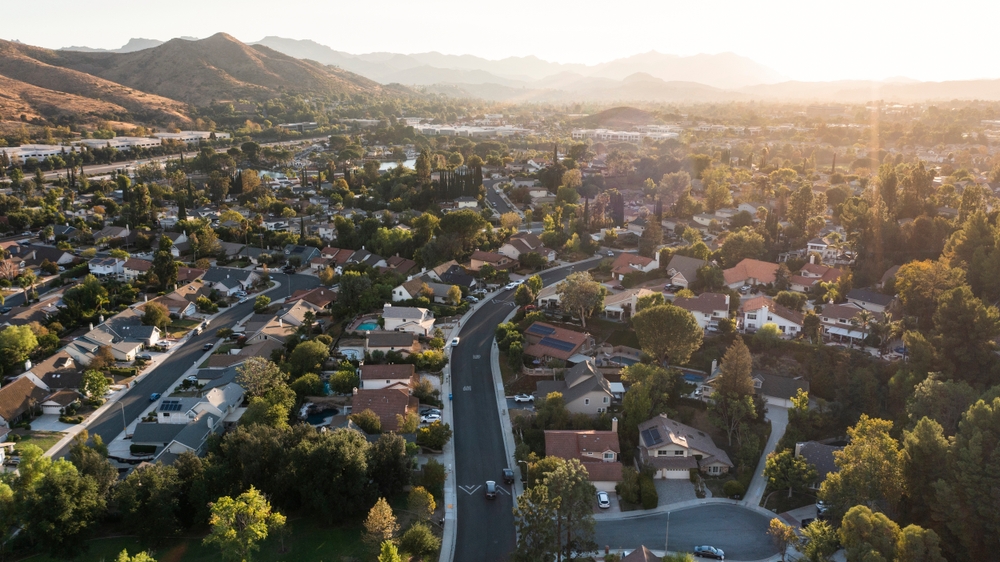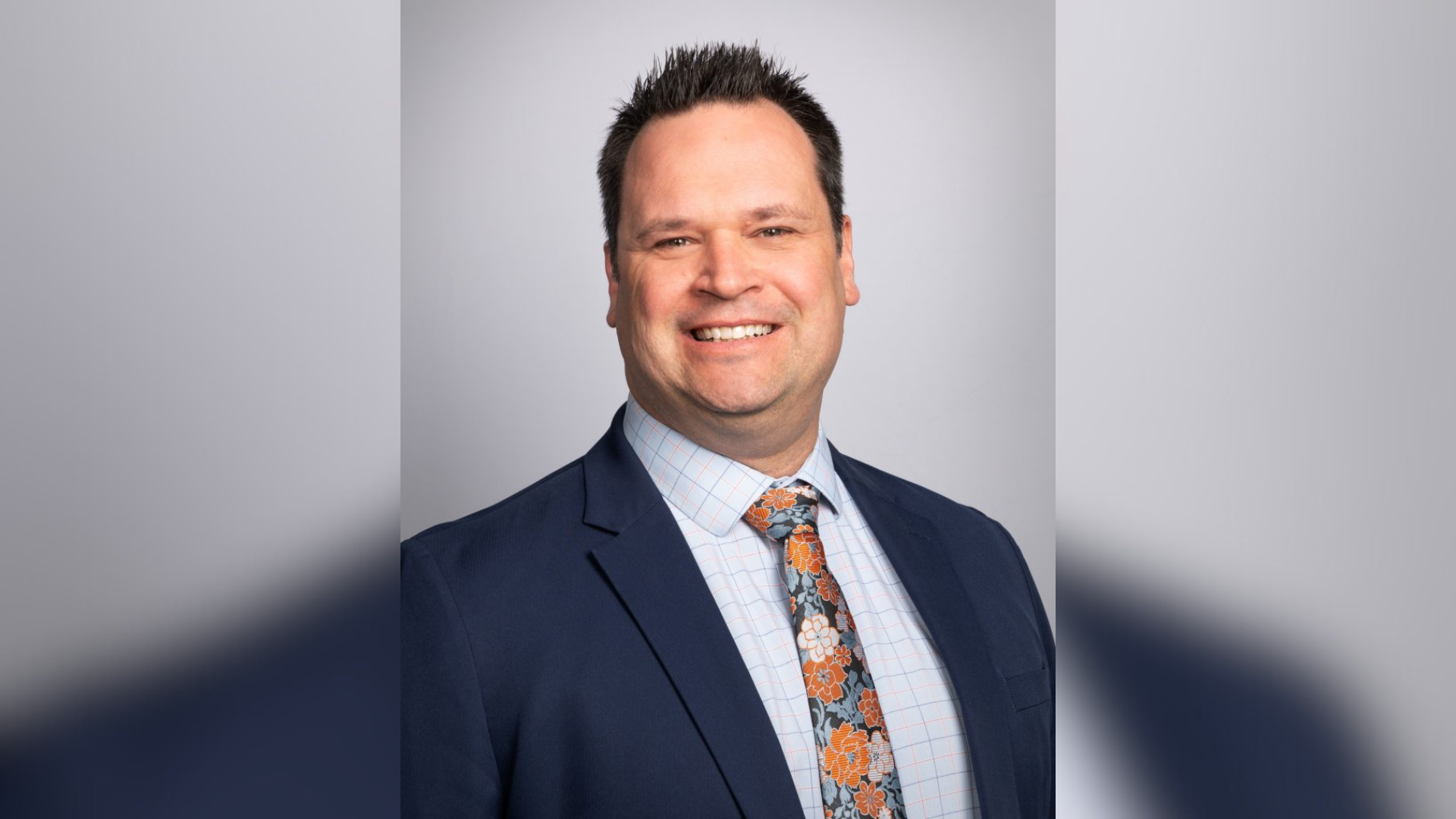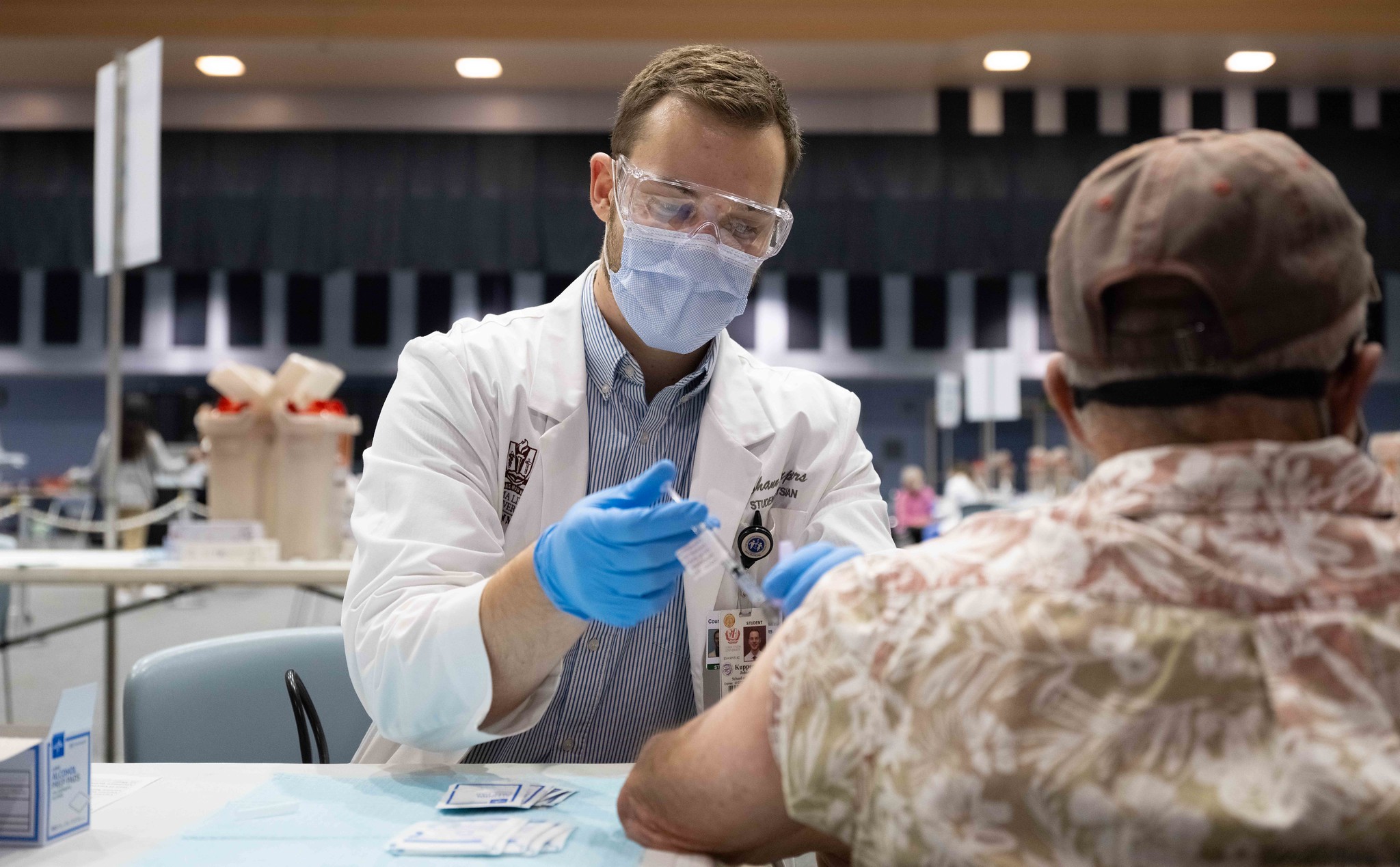Government & Regulations
Riverside County reopens with removal of capacity limits, distancing requirements for most businesses and events

Riverside County, and the rest of the state, reopens today (June 15) with capacity limits and physical distancing requirements removed for most businesses and events. However, other safety measures may be needed based on the type of business or event.
All restaurants, bars, wineries, breweries, distilleries, gyms, movie theaters, museums, zoos and aquariums, as well as places of worship may operate indoors at full capacity and without physical distancing. Meetings, receptions and conferences may resume without testing or vaccination requirements, however, for large-scale events (defined as 5,000 or more individuals indoors and 10,000 or more outdoors), testing and vaccination requirements may apply.
Statewide mask requirements continue to change. At this time, customers at most businesses are not required to wear masks, however, employees are required to mask. Masks are still required for everyone when using public transportation or while at hospitals, schools, childcare settings, long-term care facilities and homeless shelters. For the most updated information, on mask requirements, visit https://covid19.ca.gov/safely-reopening/#reopening-california.
“Getting back to our normal, daily lives has been of paramount importance to our residents, business operators and county employees,” said Board Chair Karen Spiegel, Second District Supervisor. “As we eagerly reopen and more residents return to these long-awaited for activities, let’s savor life and focus on recovery.”
Schools and childcare settings continue to have statewide restrictions pending updated guidance from the California Department of Public Health and the Centers for Disease Control and Prevention. For more information, visit https://covid19.ca.gov/safely-reopening/#reopening-california.
Riverside County’s confirmed cases of COVID-19 continue to decline and vaccination rates continue to rise. The current case rate of COVID-19 is 1.6 per 100,000 residents and the positivity rate is 1.2%. Approximately 51% of Riverside County residents are now fully or partially vaccinated, of which 42.6% are fully vaccinated.
Business
Partners in Action: How CalOSBA is bridging the gap in funding and resources for Inland Empire small businesses

By Josaline Cuesta, California Program Director, Small Business Majority & IEBJ Content Contributor
For Tara Lynn Gray, Director of the California Office of the Small Business Advocate (CalOSBA), entrepreneurship has always been a core principle of her life. Her journey as an advocate for small businesses wasn’t built on textbooks, but on her family’s roots in small business ownership. As a young girl, she watched her grandmother empower and elevate Black women’s presences by styling their hair and instilling confidence in their personhood. She witnessed the direct impact of small businesses on community members in real time, and that’s always stayed with Tara.
As a key partner of Small Business Majority, she stands as a champion for the dreamers and risk-takers; the pillars of the communities across California and in the Inland Empire. I chatted with her to share more about her work at CalOSBA, what entrepreneurs can expect when they meet with a CalOSBA advisor, and the resources and community support available to help boost entrepreneurship in the Golden State.
Tell us about CalOSBA’s role in the small business community.
“California has the biggest small business community in the country, accounting for 4.1 million small businesses in 2023 alone. The overwhelming majority have no employees at all, except themselves, which means they don’t have a Board of Directors, expensive consultants, and they definitely don’t have lobbyists. I take my role as their advocate seriously, talking with and listening to small business owners from up and down the state. During the pandemic, we were under a very bright spotlight, administering nearly $5 billion in direct relief funding and we’re proud of the grant programs we still oversee. But that’s only a small part of what we do at CalOSBA.
My team connects small business owners to information and resources to help them get started, manage their business and, most importantly, to grow. If they’re looking for help, we want to be the first door they knock on. In addition, we offer Outsmart Disaster training, which focuses on how to mitigate risks associated with natural disasters and recovery avenues available to them. I always say the flagship of our office is our support for the statewide network of Small Business Centers, providing 1:1 business assistance and training for small business owners of all industries and in dozens of languages. In addition, supporting partners that deliver these services–all the federally funded centers like the Small Business Development Centers and the Women’s Business Centers but also Chambers of Commerce and other nonprofits—is a core function of my office. And a big source of pride because we know what a difference they make for their clients.”
What can small business owners expect from meeting with a California Small Business Center advisor?
“Small business owners can expect to meet someone who is fully invested in them. Our Centers cover the full spectrum of business needs, from writing a business plan and obtaining the right permits and licenses, to finding capital, planning a succession strategy and marketing to e-commerce. Our business advisors provide the experience and the objective perspective to help business owners optimize their best assets: ideas, energy, and ability to keep adapting and learning. And they do it because they love helping other people succeed. What’s more, business ownership can become isolating and it may be challenging for entrepreneurs to find assistance. But they don’t have to go at it alone–and they shouldn’t, when these no-cost and low-cost services are available to them.”
What’s the most rewarding part of your role at CalOSBA?
“I always say I have the best job in the state. And it’s because I frequently have the honor to watch someone’s dream come true. I love a ribbon-cutting ceremony–Every time, big or small. It means someone dreamed of accomplishing something and worked hard for it: They opened the doors to their business, they made a sale, and hopefully they will hire their first employee and then it’s off to the races. But no matter what happens to that business, that ribbon-cutting is a milestone they made happen for themselves. There are many other events I get invited to, where you can just see the hope and pride, and even fear in their faces. I’m often overwhelmed by the sheer emotion of it, and I’m always humbled that I get to participate in that person’s big milestone.”
What are some new programs that can benefit small business owners in the Inland Empire?
“The number one question my office gets asked is how to access small business financing. To help address this key need, we’re launching the Technical Assistance for Capital Readiness program this February. The program is part of a bigger effort to fill well-known funding gaps in the state to benefit very small businesses and Socially and Economically Disadvantaged Individuals (SEDI). Through investments from the U.S. Treasury, the State Treasurer’s Office and IBank, the program is going to support lenders to facilitate “high risk” loans that they normally would not approve.
In addition to supporting lenders, my office also received $25.3 million in U.S. Treasury funding to start the new Capital Readiness network. The Capital Readiness Coaches in this network will help business owners get ready for the lending marketplace, help them make the best choices in a high interest-rate environment, and optimize the use of the capital once they receive it. The network is also designed to help spread the word about this opportunity to these SEDI-owned businesses, and some of those partners will be focused on supporting the Inland Empire small business ecosystem.”
How can business owners get in touch with CalOSBA?
“That’s simple! Check out calosba.ca.gov and sign up for our monthly newsletter, where I write a column and showcase success stories from our network, along with deadlines and updates on grant and workforce support programs. We’re also on social media, so I would encourage business owners to check out all of our channels.”
Government & Regulations
Shaping the Future: SCAG’s Ambitious Long-Range Plan for Southern California

Connect SoCal 2024: Paving the Way for Housing Affordability, Climate Resilience, and Equity in a Six-County Region
The Southern California Association of Governments (SCAG) recently released its draft Connect SoCal 2024 Regional Transportation Plan/Sustainable Communities Strategy, outlining direction for the region to meet federal transportation air quality standards and state greenhouse gas emission targets through $750 billion in transportation investments and a regional development pattern. Notable in this plan update are new strategies for addressing the housing crisis and homelessness, adapting to climate change, and investing in underserved communities.
The draft plan, now available for public review and comment through Jan. 12, 2024, acts as a compass to align work at the local level to meet the transportation, accessibility, and quality-of-life needs of one of the most dynamic population and economic centers in the United States. SCAG projects the six-county region to grow by 2 million people by 2050 to 20.8 million, an 11% increase, while the number of jobs is expected to increase by 1.3 million, or 14.2%.
SCAG updates this long-range planning document every four years to respond to challenges, plan for emerging trends and meet federal and state planning requirements. Following the public review period, a final version of Connect SoCal 2024 is expected to be presented to SCAG’s Regional Council for approval in spring 2024.
“This plan incorporates local input more so than in past cycles,” said Art Brown, SCAG’s Regional Council President and a Buena Park City Councilmember. “This can help us move together as a region toward improving our transportation network and meeting our sustainability goals.”
SCAG developed Connect SoCal 2024 with an extensive planning and visioning process. This process included meetings with 164 jurisdictions in the region to review their growth forecasts, an extensive public outreach process, as well as policy discussions with elected leaders from around the region. The plan identifies a series of outcomes that include increased transit ridership; an emphasis on Priority Development Areas that bring housing, jobs, and mobility options closer together; safe and efficient goods movement; as well as streets that prioritize people and safety.
More than 2,000 projects are included in the plan, including those identified and submitted by six county transportation commissions across the region. These projects are funded by a combination of federal, state, and local dollars, and Connect SoCal 2024 fulfills the requirement for an updated Regional Transportation Plan/Sustainable Communities Strategy, which allows the projects to advance under federal and state regulations.
Connect SoCal 2024 is the most pro-housing regional transportation plan produced by SCAG to date and includes a standalone Housing Technical Report highlighting the challenges to housing production and best practices for implementation by jurisdictions.
Performance measurement data included in the draft Connect SoCal 2024 shows that, if fully implemented, the plan could result in:
- A 11.4% reduction in overall vehicle miles traveled among passenger vehicles (from 2019). o A 30.3% reduction in minutes of daily traffic delay per person (from 2019).
- Achieving the region’s targets for reducing greenhouse gases from autos and light-duty trucks by 19% per capita, from 2005 levels, by 2035.
- 480,000 new jobs supported by transportation investments or improved competitiveness each year. o An overall return on investment of $2 for every $1 spent.
Of the $750.1 billion in investments identified in the plan, $297 billion is specific to transit projects and operations, $75.4 billion is specific to state highway operations and maintenance, $65.4 billion is specific to goods movement and $38 billion is specific to active transportation. However, the plan cautions that securing adequate funding for transportation has become more challenging, as the current system needs maintenance, and innovation will be necessary to transition to the transportation system of the future.
“As we shift to a zero-emission transportation system, there will be an increased decline of transportation revenue sources dependent on fuel taxes,” said Kome Ajise, SCAG Executive Director. “SCAG will collaborate with federal, state, and local partners to leverage existing revenue sources, explore innovative funding and financing mechanisms and advocate for increased investment in the region’s transportation needs.”
Ajise noted that SCAG has invested $34 million of its resources, on top of plan investments, to support efforts to implement its past two long-range plans, approved in 2016 and 2020. “More work is needed to continue supporting our region in moving toward this vision for a more resilient and equitable future,” said Ajise.
For more on Connect SoCal, visit www.connectsocal.org.
Government & Regulations
Board of Supervisors Appoints Luther Snoke Interim County CEO

The Board of Supervisors today unanimously appointed Luther Snoke as the County’s Interim Chief Executive Officer, lauding Snoke’s successful track record in a variety of County roles and departments and his diverse private-sector experience.
“Luther has played a key role in getting several important public service projects to the finish line,” said Third District Supervisor and Board of Supervisors Chair Dawn Rowe. “I’m looking forward to seeing how Luther performs in this leadership role while the Board determines how to fill the CEO position on a permanent basis.”
Snoke, who has served as the County’s Chief Operating Officer since October 2020, has been filling in for the former CEO since Aug. 8.
“Luther has demonstrated the ability to identify talented people and create teams who can solve complex problems and complete projects that had previously stalled for a variety of reasons,” Rowe said. “Having someone like Luther at the top of the County organization will give us an opportunity to expand and improve the services we provide to our residents.”
Snoke has been with San Bernardino County for 10 years, serving as the County’s Chief Operating Officer and as the interim director of Public Works, Land Use Services, and Special Districts. He has also served as a County Deputy Executive officer, Strategic Initiatives Chief, and administrative analyst.
“I am honored and humbled by the confidence the Board has placed in me,” Snoke said. “I am eager to work with the Board and our dedicated and talented departments and employees to continue elevating the level of service we provide to County residents.”
His leadership accomplishments include the long-needed completion of a new Lake Gregory Dam, the building of a new Big Bear Alpine Zoo, and construction of a new water system for Pioneertown.
“As a county we have an opportunity to continue making headway,” said Second District Supervisor Jesse Armendarez. “In having public and private executive experience, I am confident Luther has the skill and fortitude to immediately begin moving our County forward, which is what we need and our residents deserve.”
Before coming to San Bernardino County, Snoke served in the private sector for 15 years as vice president of finance for Hallmark Rehabilitation, director of financial operations and reimbursement for Skilled Healthcare, senior business analyst for Abaris Inc., and network administrator for Advance Storage Products.
“Government executives don’t often possess that combination of private- and public-sector experience,” said Fourth District Supervisor. “I have always believed government can greatly benefit from innovative, goal-oriented private-sector thinking. I believe Luther will get results during his time as Interim CEO.”
In San Bernardino County, the CEO supervises the more than three dozen county departments, offices and agencies that fall under the purview of the Board of Supervisors and ensures the implementation of Board polices and direction. The CEO must also work cooperatively with the departments led by countywide elected officials to lead the development of a sound County budget and help ensure the County organization is meeting the needs of County residents.
“Luther has developed a reputation as an effective and cooperative leader with a genuine compassion for both County employees and the more than 2.2 million people the County serves,” said Fifth District Supervisor Joe Baca, Jr. “I’m looking forward to working with Luther in his capacity as Interim CEO and accomplishing great things for our communities.”
-

 Opinion1 month ago
Opinion1 month agoSurge in Unemployment Among California Youth Linked to Minimum Wage Hikes
-

 Commercial Real Estate Transactions3 weeks ago
Commercial Real Estate Transactions3 weeks agoSRS Real Estate Partners Announces Record-Breaking $6.15 Million Ground Lease Sale of a New Construction Chick-fil-A Property in Murrieta, California
-

 Health & Wellness3 weeks ago
Health & Wellness3 weeks agoBuddha Bars: A Mother’s Innovative Solution to Healthy Snacking
-
By Press Release1 week ago
California Employment Expansion Continues But Still Trails Nation










